Let's talk about how to use a DI box and a reamp box and what they are doing under the hood.
Different flavours of overdrive
Overdrive is undoubtedly the essential effect for electric guitarists, and as such, it comes in countless variations. Whether you're searching for your next pedal or you've already read our article on the different types of distortion, you're in the right place! The goal here is to focus on this absolutely essential effect in a guitarist’s arsenal to help you figure out which type of overdrive best suits your needs. Let’s explore the different categories of overdrive, their tonal characteristics, and the most iconic models that represent each one.
1. The mid-boost overdrive
This is the most widespread category of overdrive and includes early circuits like the Boss OD-1 and, of course, the Ibanez Tube Screamer and its many variants. As the name suggests, these overdrives tend to cut bass and accentuate midrange frequencies, compensating for the natural mid-scoop of many amplifiers without making the tone too muddy. These pedals are perfect for pushing an amp that's already on the verge of breakup or for complementing a broader-spectrum overdrive such as a transparent or full-range model. This is a favorite among blues-rock players, though it can heavily color your tone.
2. The transparent overdrive
The most iconic transparent overdrive is undoubtedly the Klon Centaur, created by Bill Finnegan in 1994 and popularized by John Mayer. Unlike mid-boost pedals, transparent overdrives aim to preserve more of the guitar’s dynamics. This means maintaining your picking nuance and touch sensitivity rather than flattening the sound. Another reference in this category is the Nobels ODR-1, a favorite among Nashville players. It’s a bit more saturated and darker than the Klon, with a more distinct and less subtle character. More recently, the Greer Amps Lightspeed takes things even further by preserving low-end and reducing gain for an ultra-natural tone. Low-gain overdrives are sometimes lumped into this category as well. Despite the differences between these models, the term "transparent overdrive" has become a vast marketing buzzword.
3. The high-gain overdrive
Some overdrives deliver substantial gain while retaining good dynamics, often bordering on distortion territory. If you're after an overdrive that can stand alone and transform a clean amp into a hard rock machine, look no further than the Fulltone OCD. It’s regarded as one of the best in its class and delivers a relatively modern tone. For something with more openness and clarity, while still packing a punch, the Suhr Riot is an excellent option. On the flip side, for a grittier and more vintage-sounding alternative, the Crowther Audio Hot Cake offers a compelling option—it achieves natural clipping from its internal components without relying on clipping diodes. Diodes? If you’re unsure what those are, check out our article demystifying the inner workings of overdrive and distortion circuits. This category will especially appeal to rock and hard rock players.
4. The low-gain overdrive
On the opposite end of the spectrum, we have low-gain overdrives. These feature less gain than a typical overdrive and are mainly used to add subtle tonal coloration. The saturation is more gradual and less pronounced, making these pedals ideal for placement at the end of your signal chain. This category includes the Marshall Bluesbreaker—another John Mayer favorite—as well as the Paul Cochrane Timmy, which aims to emulate a lightly-crunched tube amp. A more recent entry, the Browne Amplification Carbon, delivers extremely low distortion and functions more like a tone-shaping EQ than a full-blown overdrive. It's a great choice as a clean boost. Jazz guitarists tend to appreciate this style, though there’s nothing stopping you from combining it with a more aggressive overdrive placed before it—this technique is known as stacking, and it’s a great way to achieve a richer, more complex tone.
5. The full-range overdrive
A full-range overdrive saturates the entire frequency spectrum rather than cutting bass or boosting mids. This results in a fuller, more rounded tone. Notable examples include the Xotic BB Preamp and its rival, the Electro-Harmonix Crayon. More recently, the DRV by 1981 Inventions draws inspiration from the ProCo RAT distortion and improves on it by offering smoother and more manageable gain control. These pedals are perfect for blues players looking to break away from the classic mid-boost overdrive formula.
6. Preamps and amp-in-a-box pedals
Preamp pedals are often misunderstood and misused, despite their ambitious goal of replicating the tone and behavior of a full-fledged guitar amp. They’re frequently hyped by marketing teams. When done right, they offer a wide palette of tones in a compact format and are often more amp-like than other overdrives. The Zvex Box of Rock is a classic example. Many of these pedals feature traditional amp-style EQ controls (bass, mid, treble), such as the old Marshall Guv'nor. If you’re into modern or metal tones, the Revv G2, G3, and G4, as well as the Friedman BE-OD, are must-try options. I wouldn’t recommend these for beginners—they tend to be more complex to dial in—but they’re excellent for experienced players seeking a true second amp channel in pedal form. If you’re serious about tone, look for tube-driven models.
7. Tube overdrive pedals
This unique category features pedals that use real vacuum tubes! Much like preamp pedals, the marketing around tube overdrives often oversells their resemblance to classic amps. In reality, the sound varies greatly from pedal to pedal. Underpowered tubes can yield gritty, fuzzy tones like in the Walrus Silt Fuzz, while more faithful amp-like tones can be achieved with the B.K. Butler Tube Driver—famously used by David Gilmour. Some pedals, like the Effectrode Mercury Fuzz (which I’ve had the honor of working on), implement full-fledged amp-like circuits. These pedals tend to be more expensive and often require special power supplies, so I don’t recommend them for beginners. However, if you're after that unique, tube-driven tone that transistors can’t replicate—go for it!
Everyone has their own way of categorizing overdrives. I hope this article offers a comprehensive overview to help both beginners and seasoned players navigate their options. Feel free to leave a comment to respectfully share your thoughts!



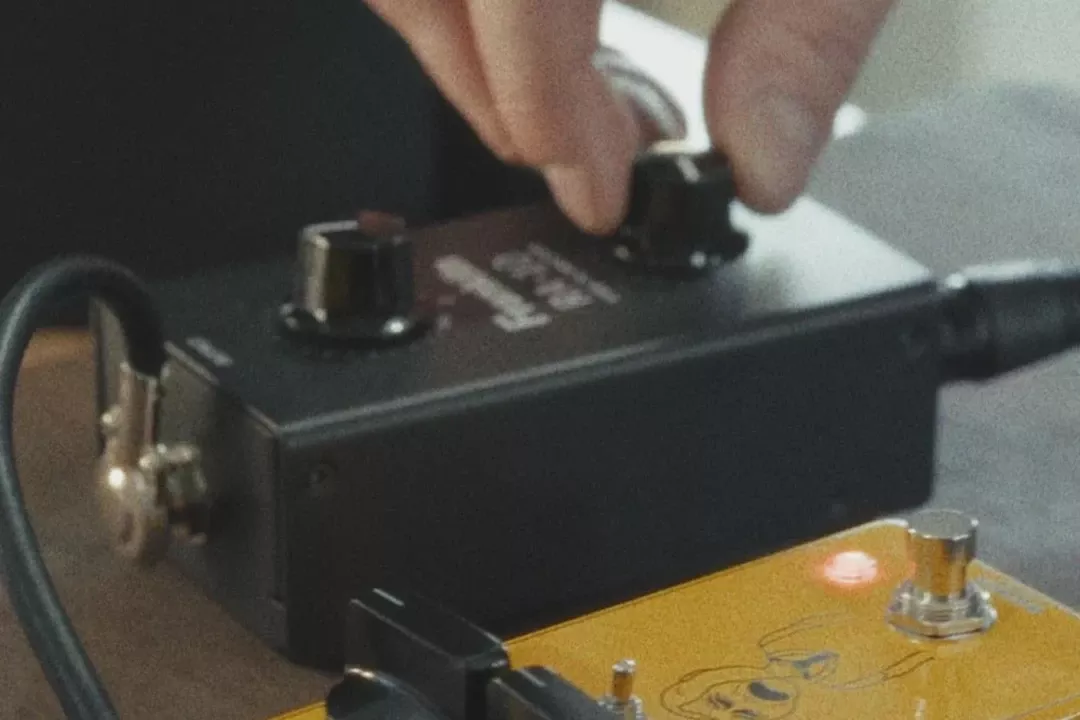

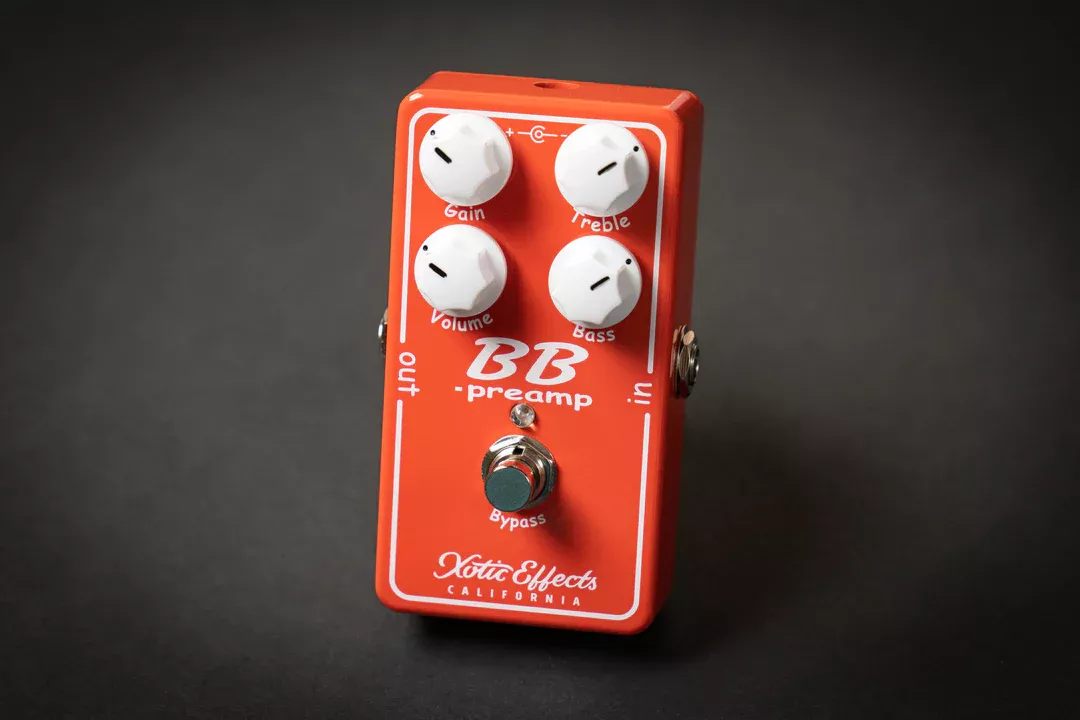
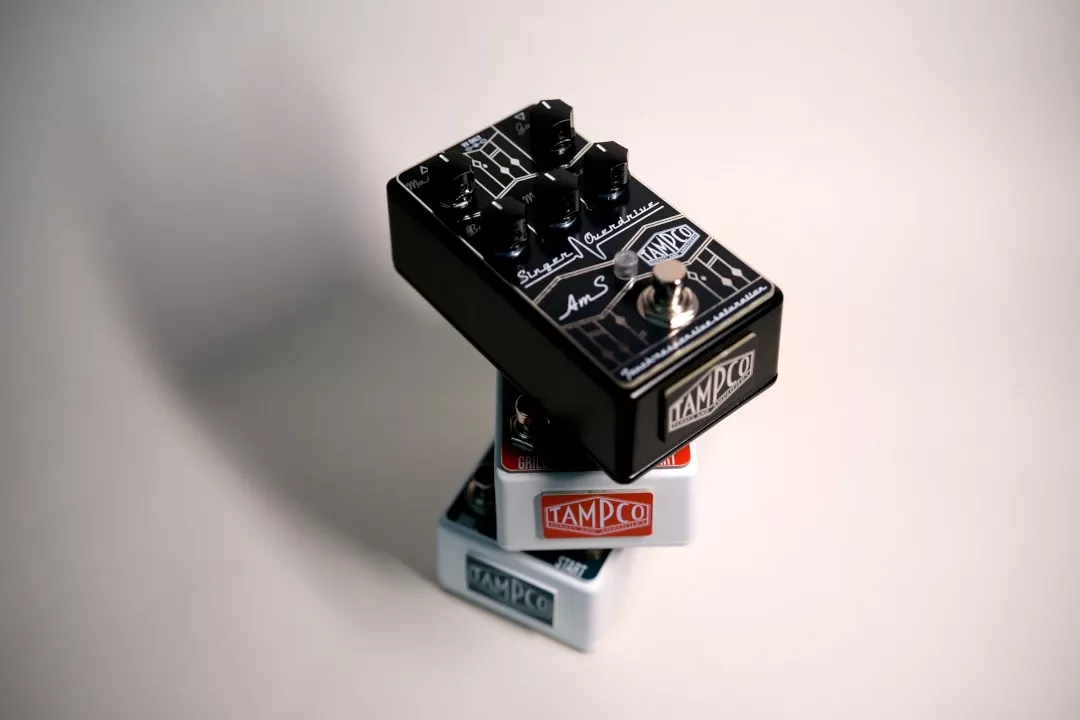
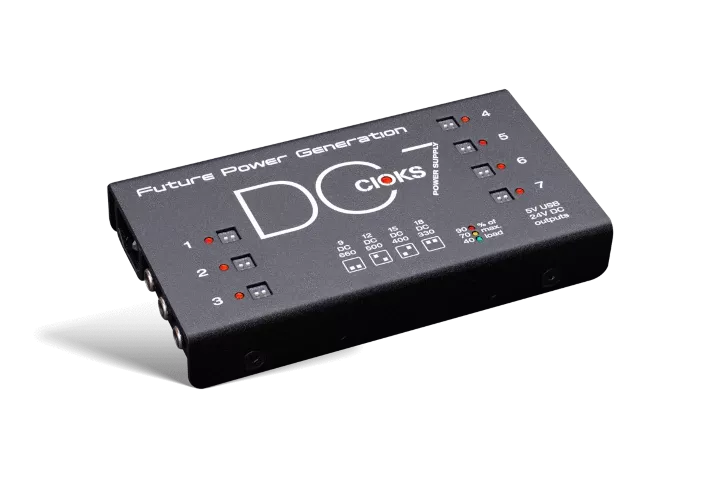
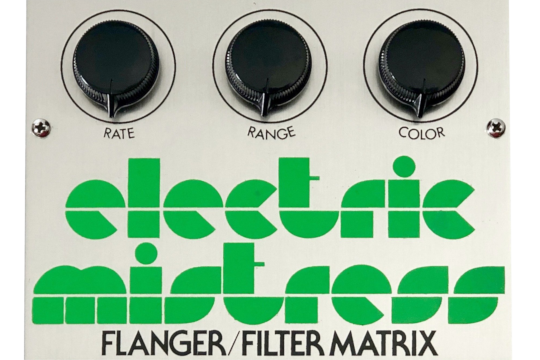
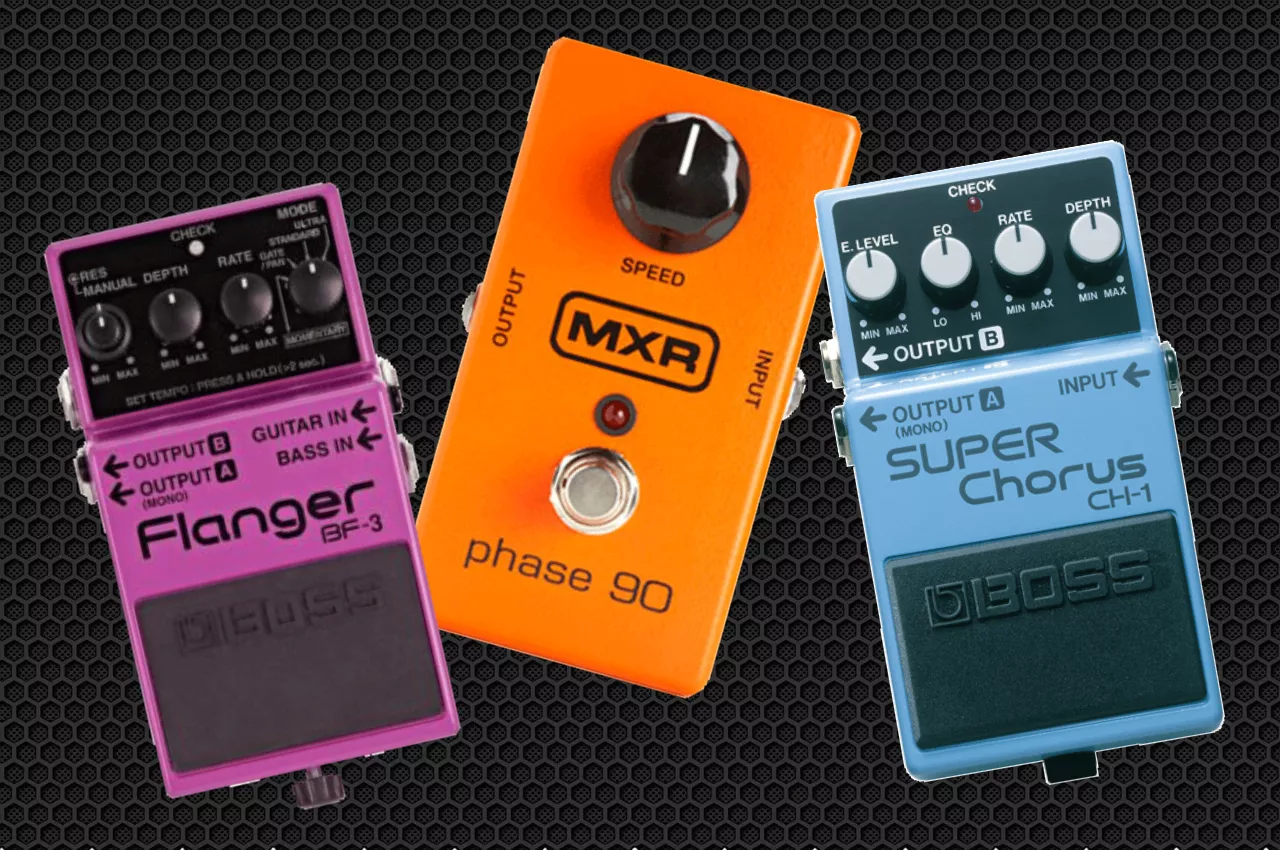
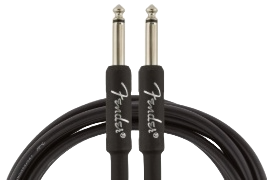
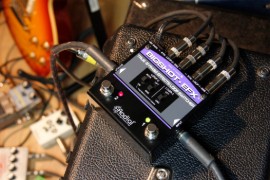

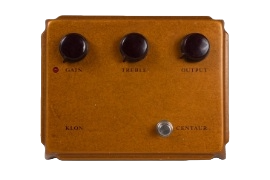
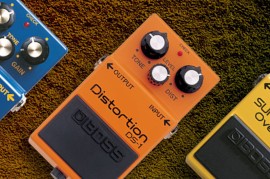
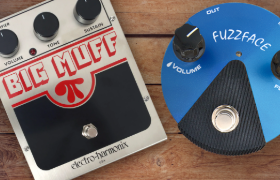
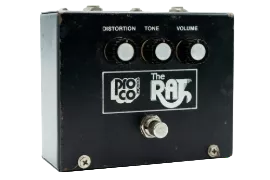
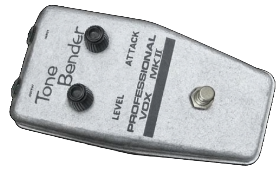
Leave a comment